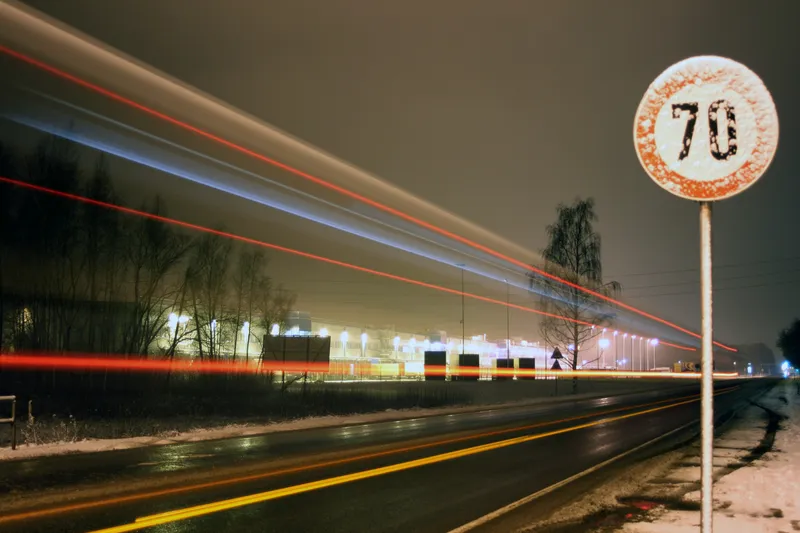Advanced Driver Assistance Systems (ADAS) have been expensive add-on technical features for luxury vehicles for over 10 years, but during 2011, or perhaps more accurately Model Year 2012, features such as adaptive cruise control, lane departure warning, and low-speed collision mitigation will finally become available on higher-volume models such as the Ford Focus and Mercedes Benz C-Class.
April 25, 2012
Read time: 2 mins
RSSAdvanced Driver Assistance Systems (ADAS) have been expensive add-on technical features for luxury vehicles for over 10 years, but during 2011, or perhaps more accurately Model Year 2012, features such as adaptive cruise control, lane departure warning, and low-speed collision mitigation will finally become available on higher-volume models such as the 278 Ford Focus and 1685 Mercedes Benz C-Class.
According to5725 ABI Research, this year, the global ADAS market value should approach US$10 billion, growing to an impressive $130 billion in 2016. “There are two main reasons why ABI Research anticipates accelerated growth in ADAS installations over the next five years,” says principal analyst David Alexander. “The first is the technical improvement in sensor design and manufacturing that is delivering lower cost and better performance. The second is the development of additional features over the core function for many systems that will make them more attractive to new-car buyers.”
Sensor fusion is allowing better functionality and performance from individual features, and the improvements are expected to continue while prices decline as volumes grow and development costs are amortized. Early lane departure warning simply alerted the driver if the vehicle strayed from the marked lane when the turn signal was not activated. Now such a system can also provide a record of the last speed limit sign passed, correct the lane drift, and operate the adaptive headlights.
“Blind spot detection is another option that now offers additional functionality on many vehicles,” says research director Larry Fisher of ABI Research’s NextGen division. “On some radar-based BSD systems this feature can use its sensors to determine when vehicles are approaching from the side when reversing out of a parking space. Other BSD systems are able to look further rearward to check for overtaking vehicles about to enter the blind spot.”
The “Advanced Driver Assistance Systems (ADAS) Market Data” study provides a comprehensive summary of data for driver monitoring systems, adaptive cruise control, intelligent speed assist, front collision warning, pedestrian detection, lane departure warning, road sign recognition, blind spot detection, night vision, and adaptive headlight systems. System volume and value forecasts for installations are provided globally, by region, through 2016, as well as a sampling of system selling prices in key countries.
According to
Sensor fusion is allowing better functionality and performance from individual features, and the improvements are expected to continue while prices decline as volumes grow and development costs are amortized. Early lane departure warning simply alerted the driver if the vehicle strayed from the marked lane when the turn signal was not activated. Now such a system can also provide a record of the last speed limit sign passed, correct the lane drift, and operate the adaptive headlights.
“Blind spot detection is another option that now offers additional functionality on many vehicles,” says research director Larry Fisher of ABI Research’s NextGen division. “On some radar-based BSD systems this feature can use its sensors to determine when vehicles are approaching from the side when reversing out of a parking space. Other BSD systems are able to look further rearward to check for overtaking vehicles about to enter the blind spot.”
The “Advanced Driver Assistance Systems (ADAS) Market Data” study provides a comprehensive summary of data for driver monitoring systems, adaptive cruise control, intelligent speed assist, front collision warning, pedestrian detection, lane departure warning, road sign recognition, blind spot detection, night vision, and adaptive headlight systems. System volume and value forecasts for installations are provided globally, by region, through 2016, as well as a sampling of system selling prices in key countries.









